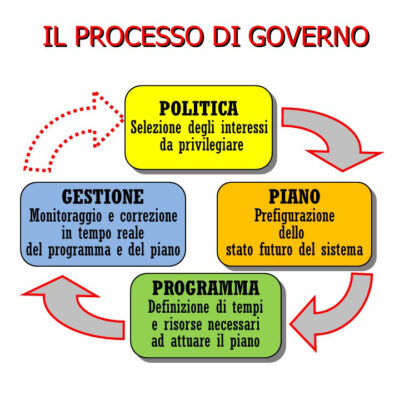The structure of the plan

To reactivate the process that generated the “Amalfi Coast” Cultural Landscape (PC) it is necessary:
a) Retrieve knowledge of both existing values and the impact of the activities that each stakeholder intends to achieve;
b) Restore the conditions of direct and indirect convenience of the actions compatible with the system.
These were the two “cultural” factors that determined the vision on which the PdG was set up and which became the guiding criteria on which the “plan” was built and which define its mission.
The MiBACT Guidelines provide indications on the paths for defining the most suitable interventions for specific local conditions, but do not address the issue of the governance model on a theoretical and methodological level. It is clarified that “the plan should not be a centralized social planning tool, but rather a flexible set of operational rules, procedures and design ideas, which involve a plurality of subjects and possess an” epigenetic “nature, that is, they are capable of evolve and incorporate updates and modifications with the changing circumstances and the evolution of the environment to which it is addressed ” (LG2004, pag. 7).
Reactivate the process of intelligent and compatible evolution of the “Amalfi Coast” community-territory system “regulated” by the widespread knowledge of the effects of individual and cumulative interventions, and fueled by the restoration of the convenience of individual transformations based on information and scenarios developed by a permanent technical structure, the Decision Support Structure, means overcoming the logic of procedures (how an intervention should be designed, how it should be financed, approved, etc.) and proposing instead a process logic (how short or long-term decisions are made, who takes charge of it, how its impact is assessed).
Read more on : La struttura del Piano

